-
Posts
2,566 -
Joined
-
Last visited
Content Type
Profiles
Forums
Store
Help Articles
Posts posted by Tropicalsenior
-
-
39 minutes ago, MaryIsobel said:
mom and sisters couldn't even stand to look at them.
Oh boy, does that bring back memories. One restaurant that I worked in had deep fried oysters on a seafood platter and I used to fry a couple, make some bacon, and put it on whole wheat toast. I worked with a chef that I couldn't stand and I found out that when he came in with a hangover, which was quite often, whenever he saw me eating that he got violently ill. After that, I had them quite often.
Now about lunch, I made cheddar cheese biscuits from a recipe by @ElsieD.
They were delicious and I made him and cheese biscuit sandwiches.
-
 1
1
-
 3
3
-
 4
4
-
 1
1
-
-
I worked in a cafeteria in 1956 when I was in high school. It was in Lincoln, Nebraska. Now, I realized that a cafeteria in Lincoln, Nebraska in the '50s is the far cry from what anyone would think of as fine dining but it was probably one of the premier fine dining restaurants in Lincoln at that time. The food was superb, the salads freshly made in a separate pantry department and they had a separate bakery that turned out first rate desserts. There were tablecloths, cloth napkins, silverware and crystal ware glasses. At the end of the line, servers waited to carry the trays and arrange things at the table and we had servers that refilled coffee, tea, and iced tea. That said, cafeteria style restaurants don't have to be as cold and basic as a school cafeteria.
The place was open 3 hours at lunch time and 8 hours at night and I can remember very few times when we had empty tables.
-
 2
2
-
-
1 hour ago, ElsieD said:
like to "scoop" the biscuit dough
I've never had any luck with drop biscuits. Mine always turned out looking more like dropped pancakes.
-
 1
1
-
-
-
3 hours ago, liuzhou said:
I might be willing to eat haggis but I think I will pass on the ice cream.
-
I just made these buttermilk biscuits in my air fryer.
I'm by myself for dinner tonight and when this recipe showed up in my inbox, I decided to give it a try and make biscuits and gravy for dinner.
I did have to modify the recipe quite a bit but it made five, 2 in very fluffy tender biscuits. I was a little bit impatient and they could have gone about 2 minutes more but I will be making these quite often. You can see the from the picture below that they are quite high and fluffy.
If it looks like there are only four in this picture it's because there are. I ate one and it was delicious.
-
 2
2
-
 2
2
-
-
1 hour ago, Anna N said:
Nobody has been able to determine what constitutes a cup of flour.
I have to admit that I am still using cups and tablespoons. I have a darn good kitchen scale and I use it all the time but just not for baking. I'd like to say it's because I'm too old to learn but the truth is I'm just too lazy to learn. It's easier to use the method that I have used all my life. Most of my baking isn't precise enough that it makes much of a difference.
As for the weight of flour and what constitutes a cup, I have periodically weighed out the flour that I can get here and it weighs differently from bag to bag and also has quite a difference from the rainy season to the dry season. So trying to convert recipes from metric to cups just never works unless I weigh the flour each time before I start and then I might as well use a scale for the whole recipe.
-
 1
1
-
-
38 minutes ago, heidih said:
Have you tried recipes that were tested with oil instead of butter
Now when I look for new recipes, I look exclusively for recipes that use oil. I love the jump to recipe button. Jump to the recipe, oops, butter, jump to another one.
-
 1
1
-
-
I've converted a lot of my recipes from butter to oil, mainly for the moisture and also for the, probably mistaken, idea that they are a bit better for your health. I have converted them just one to one with good results.
Years ago, when we first moved to Costa Rica, with the change in the quality of ingredients, the banana bread recipe that I had always used turned out very dry. I decided to try it with oil and I mistakenly used one cup of oil instead of one half cup of butter. It turned out to be the best banana bread that I have ever made and I have used the recipe that way ever since and I am always asked to share it.
-
 3
3
-
-
I also have a recipe for a wonderful soft white sandwich bread that calls for instant mashed potatoes.
-
 2
2
-
-
@Kim Shook I'm putting my recipe for Light Brioche Bread here instead of in the bread topic because it is perfect for one loaf of bread and one batch of dinner rolls, cinnamon rolls, hamburger buns or whatever you might want to make with a soft sweeter dough. You don't need to worry about cutting a recipe in half. Just make a variety of things that you could use up in a couple days. I also use it for stuffed buns, calzones and to make small cocktail bread loaves. Knock on wood, I have never had a failure with this bread. My method of mixing is a bit unorthodox but it works for me.
This was one loaf of bread and eight small calzones. Only six here because we ate two.
-
 3
3
-
 2
2
-
-
Light Brioche Bread
Yield: One Bread Loaf Plus
This should probably be called mock brioche because it is neither light nor is it actually brioche. But it is an excellent dough for sandwich bread, hamburger buns, cinnamon rolls or any use that calls for a soft, sweet bread.
3 1/2 cup all-purpose flour
2 1/2 teaspoons active dry yeast
1/4 cup sugar
1 teaspoon salt
1/4 cup butter, softened
1 large egg
1/2 cup warm water
3/4 cup warm milk
In the bowl of a stand mixer, add the flour, salt, yeast, and sugar. Using the dough hook attachment, mix until the flour is completely aerated. Add the softened butter and mix until the butter is the size of crumbs.
Stir in warm water, milk, and egg. You may not need all of the milk mixture. Add only until you have a soft, not sticky dough. Run the mixer on low (I use #2 on my Kitchen Aid) until a dough forms. Knead for 5 minutes, rest for 10 minutes and knead for 10 minutes longer. Remove from the mixing bowl and shape into a ball with a firm top surface. Place it on a cutting board or the surface of your counter and cover with a large bowl.
Let the dough rise until it has doubled in size, 1 to 2 hours (See Note).
This will give you about 30 to 32 oz. of dough, depending on your flour. I use 15 oz of dough for a loaf of bread and use the rest for dinner rolls, hamburger rolls, cinnamon rolls or whatever else that I decide to bake that day.
If you have a scale, weigh each piece to guarantee that they’re all the same size.
Shape the smaller rolls first and set to rise while you shape the bread. One way of shaping the loaf is to roll it to an 8 x 12 to 14 inch rectangle and starting at the short end, roll it, jelly roll style, into a loaf shape. Place it seam side down in a greased 8 x 4 inch bread pan.
My preferred method of shaping bread dough is to shape it into three equal sized balls and place in a greased 8 x 4 inch bread pan.
Plan on at least 45 minutes second rise for bread and at least 30 minutes for smaller items.
Cover your bread with plastic wrap or a light damp cloth while it is rising.
When the bread is finished with the 2nd rise, gently brush each one with milk. About 15 or 20 minutes before your bread has fully risen the second time, Heat your oven to 350o and place a skillet or metal baking dish on the oven floor. Before the dough goes in, add about 1/2 cup of boiling water to the pan to create steam. This will help keep the bread nice and moist. Bake the loaves for about 15 to 20 minutes or until golden brown. Smaller items will bake in 12 to 15 minutes. I like to brush the top of the bread with butter while it is hot out of the oven. Transfer to a wire rack to cool completely.
Notes: Giving your dough enough time to rise is crucial in bread baking. Rise times will vary depending on temperature and climate. Be patient and let your dough, not your timer, tell you when it is ready.
-
 4
4
-
 2
2
-
-
14 minutes ago, Dave the Cook said:
Those don't actually suck
They are really pretty good and you can dress them up any way you want.
The second year that we were in Costa Rica, I had 30 people to feed for Thanksgiving. Not being a fan of mashed potatoes I had never tried to make them down here, but I know that mashing potatoes for 30 people was going to be a bit of a strength challenge so a friend of ours, a "chef" from Canada was elected to mash the potatoes. He presented me with glue for 30. Then he told me that that was about all I was going to get with the potatoes down here. Not too long after that, we ate in one of the better restaurants here and the mashed potatoes were wonderful. So I asked the chef what his secret was and he invited me back into the kitchen to show me. He pulled a box of these out of the garbage and said that he never used anything else. Since then, if I want mashed potatoes I don't either.
-
 4
4
-
-
35 minutes ago, Dave the Cook said:
Most are of the waxy type; none of them are suitable for mashing.
The only potatoes that I can buy here in Costa Rica are the waxy type. Therefore, if I want mashed potatoes I have to fall back on this.
Compared to the glue that I would get if I tried the local potatoes, they're not half bad.
-
 2
2
-
-
-
43 minutes ago, Kim Shook said:
It sounds wonderful.
It is. I have used @Duvel's recipe several times and I love it.
-
 1
1
-
 1
1
-
-
5 minutes ago, heidih said:
living breathing part of human food culture.
I prefer not to think of that part of it or I would have nightmares Imagining the yeast Massacre every time I shove a loaf of bread in the oven.
-
 3
3
-
-
@Kim Shook this is one of my better efforts.
It's my favorite way to shape a loaf. I make three equal size balls, usually about 5 oz a piece. I shape the balls tightly before I place them in the loaf pan so that they have a lot of surface tension. I like it because I never get that slope at the end and my slices are equal size. I can also get better tension on the top of the loaf. Those are small calzones with it.
-
 8
8
-
 2
2
-
 1
1
-
-
16 minutes ago, Kim Shook said:
So, you're saying it's @Shelby's fault?
Most definitely it is. As long as we've got her to blame it on, why not.
Bread baking is a very fickle thing. Differences in flour, differences in the humidity in your kitchen or hers and the difference in temperature. Proofing bread cannot be calculated by time. It's different on rainy days than it is on dry days. I find a big difference if I bake in the morning or if I bake in the afternoon. You just have to go by the feel of the dough not by how long it has been proofing. After you have baked a while you get used to how it looks and what it feels like when you poke it.
Even after all that, there is no guarantee. Baking bread for me is always a crapshoot.
-
 1
1
-
 2
2
-
-
14 hours ago, Kim Shook said:
but the minute that I removed the plastic wrap it sunk down like that.
Lord knows that I am not a bread expert as anyone that has seen my pitiful offerings on this forum can tell you, but this has happened to me several times. First, when I have let it rise too much on the second rise and second when I have not kneaded the bread enough. When I hurt my arm and couldn't use my KA, kneading bread was my physical therapy and sometimes I got a little impatient. I had several rather deficient loaves.
-
 1
1
-
-
6 hours ago, PatrickT said:
I went hunting and discovered
I grew up in the house that my father was born in and we had a bucket just like this in our store room. I never knew what it was for. Now I know that it was how my grandmother made bread. She said that she used to make 10 loaves of bread twice a week. I always wondered how she kneaded that much bread because she was barely four foot 10. She also churned her own butter for all that bread.
-
 6
6
-
-
13 hours ago, Margaret Pilgrim said:
perhaps you can’t go home again.
I get a Yen for it every once in awhile and I have made it several times and several ways and it just isn't the same as it used to be. I think it is the tuna. It just doesn't seem to be as rich a flavor as it used to be. And I've used all kinds of tuna from the nominal to the "oh my God, that can't be right" price range.
-
 2
2
-
-
5 minutes ago, Kim Shook said:
Whew. Still with me
Wow! You passed me up at the very beginning. Everything looks so good.
-
 2
2
-
 1
1
-
-
@TdeV and @Maison Rustique I have posted my recipe for Instant Pot New York Style Cheesecak.
I'm now working on the recipe for bread pudding made with leftover cake. But I'm having trouble coming up with a name. It's not bread pudding and it's not exactly cake pudding and leftover pudding just doesn't sound right. Maybe you could give me some suggestions.
-
 2
2
-
 1
1
-



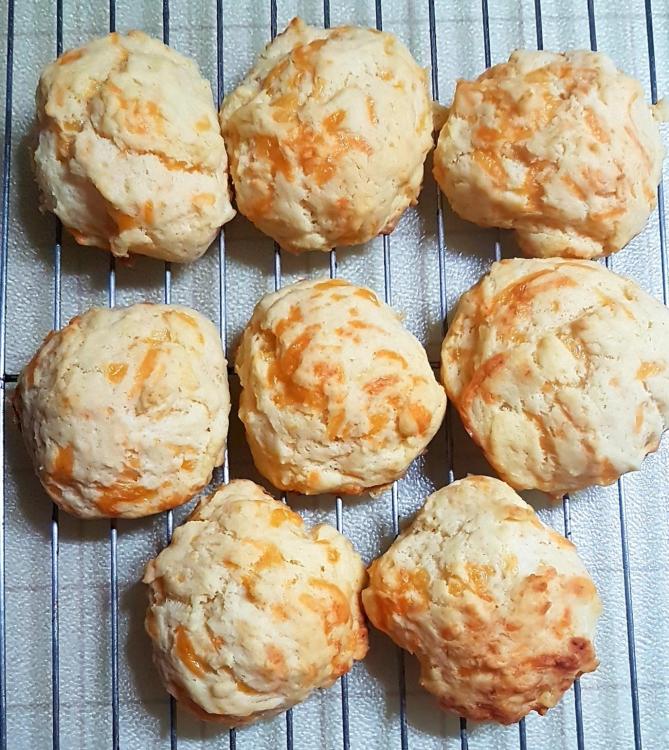

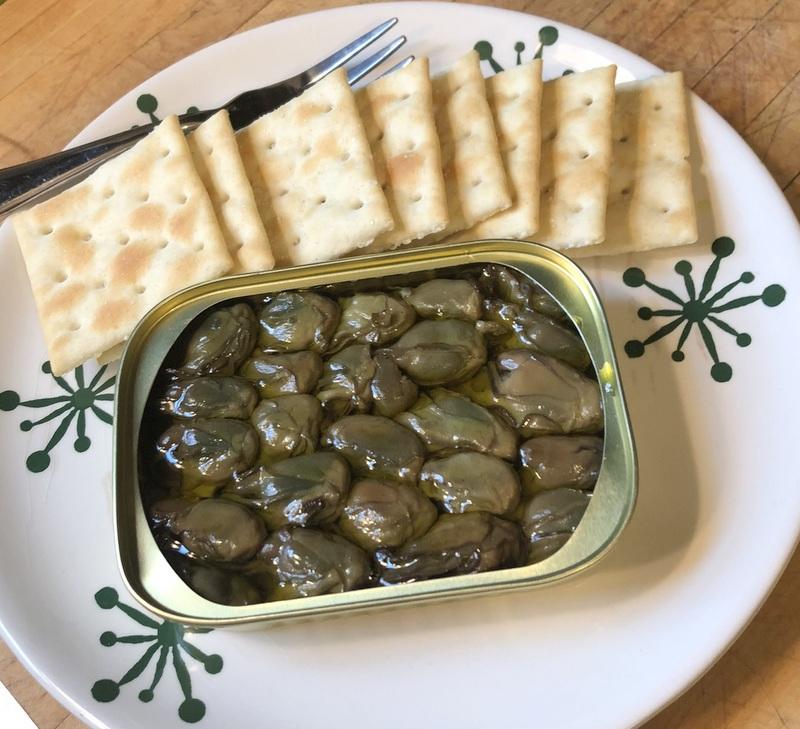
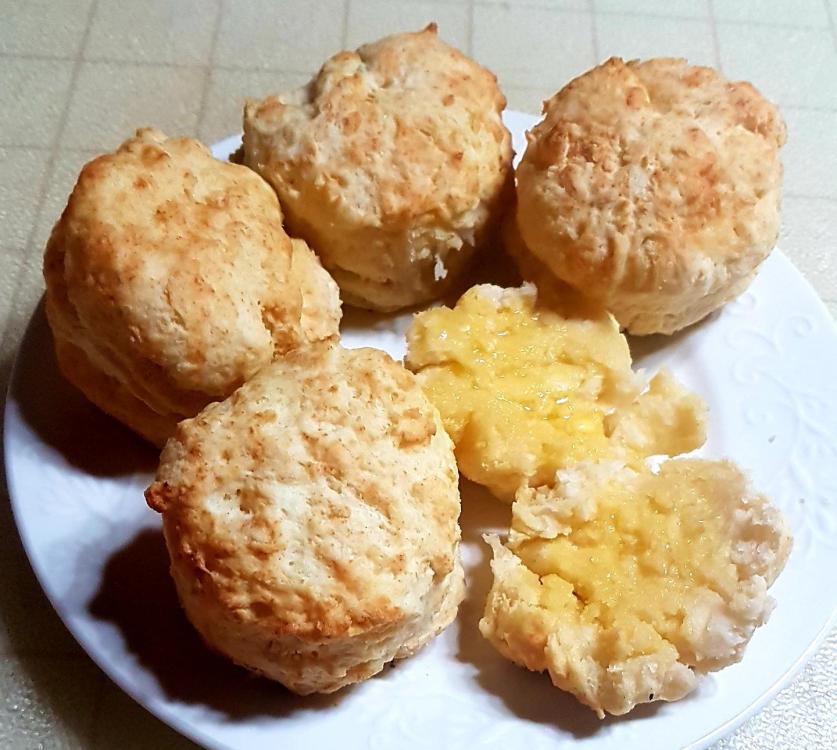
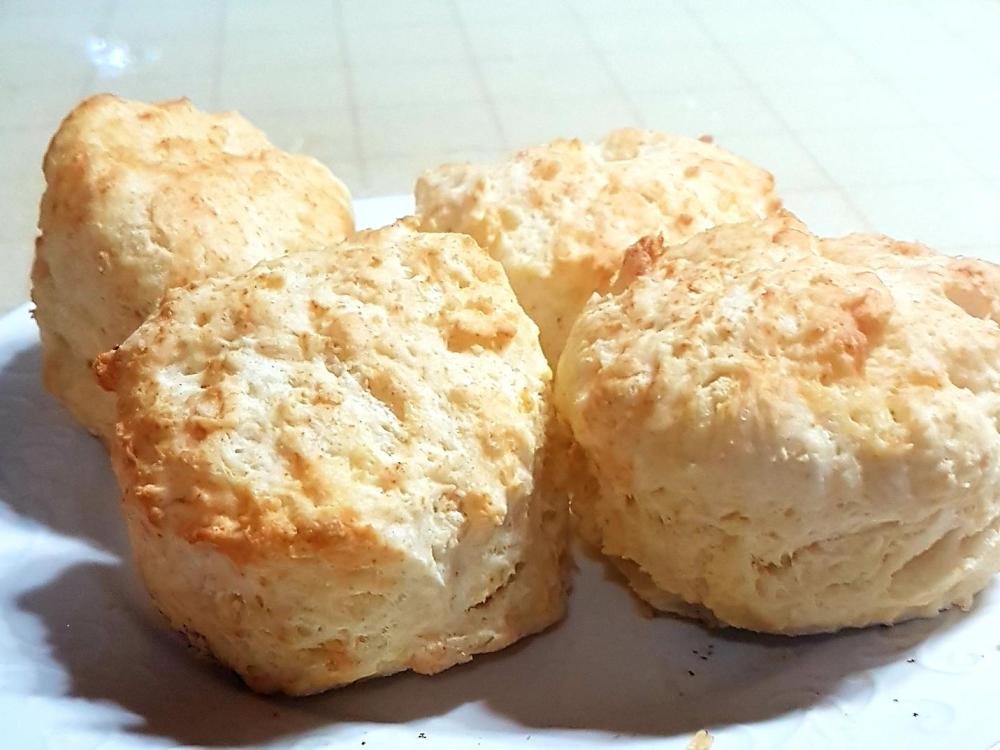
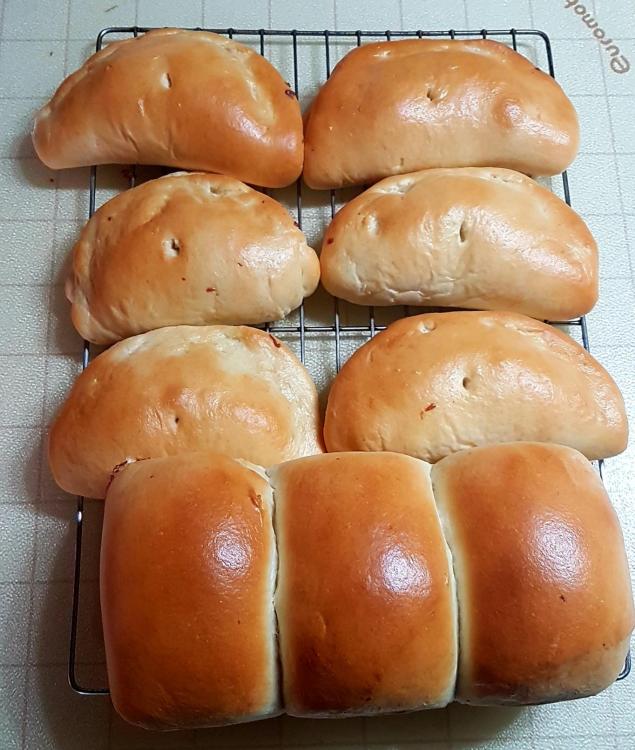
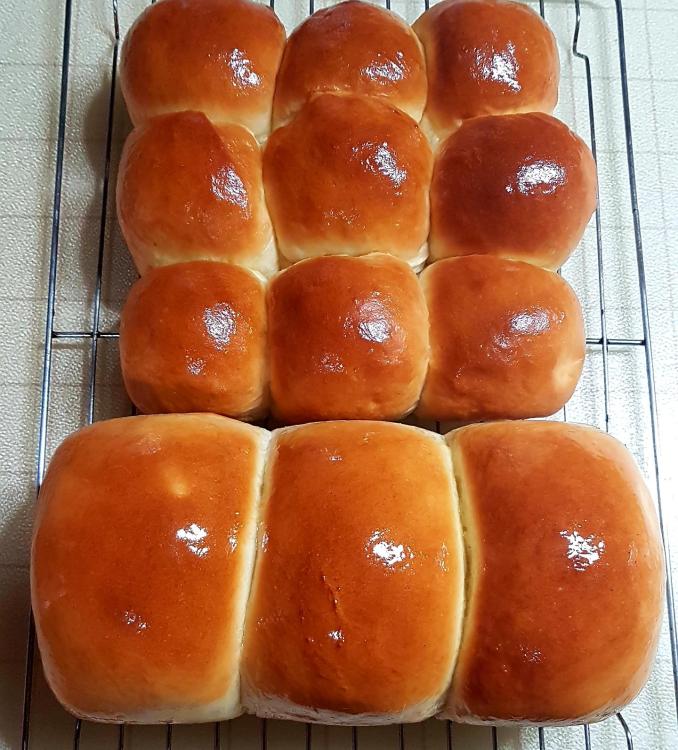
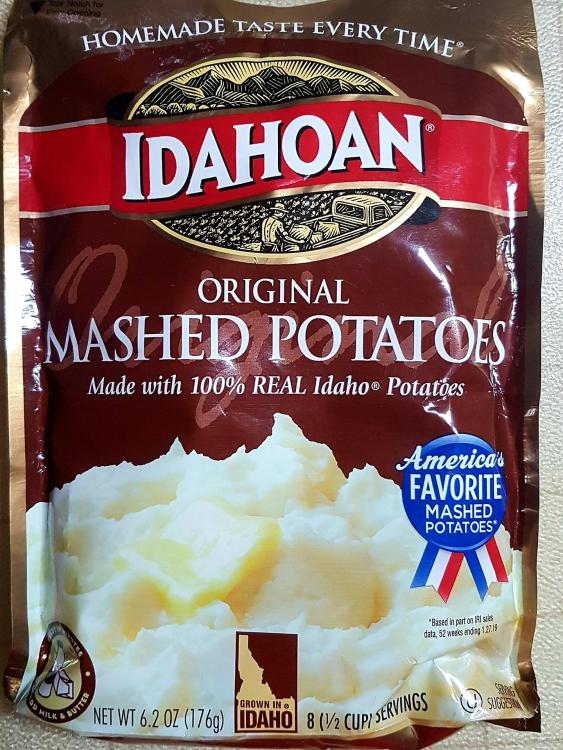

Sweet Potato Salad? Your favorite?
in Cooking
Posted · Edited by Tropicalsenior (log)
I usually cook the sweet potatoes in my instant pot. Cut them in half and cook them 3 minutes. You have to let them get completely cold before you can dice them. Then, like you said, just use a light hand when mixing. But to me, it isn't sweet potato salad without Durkee sauce.